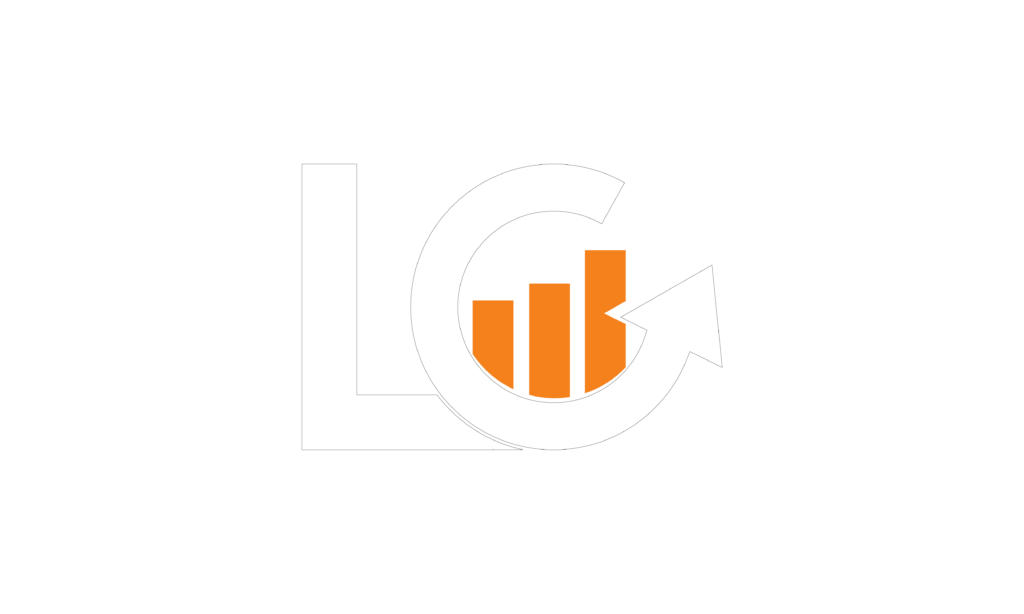Mastering Software Procurement & IT Contract Management

The software as a service (SaaS) market is forecasted to grow by USD 423.2 billion during 2023-2028, accelerating at a CAGR of 21.21% during the forecasted period, according to Research and Markets report.
It’s clear that Software as a Service (SaaS) and cloud-based technology models continue to expand, offering more features and increasing the complexity of managing different solutions. This also makes procurement processes more challenging. The key question that arises is: How can you identify and acquire the most appropriate technological solution for your business needs while guaranteeing a swift return on investment?
Newer product versions, wider range of options, demanding technical aspects, specific departmental needs, limitations and complex integrations make the sourcing process a critical step when researching on the appropriate solutions, and keeping cost-effective deals at target.
Adding to the complexity, we have emerging tools such as Gen AI playing a fundamental role in changing the way procurement organizations work. According to Gartner, by 2027, 50% of organizations will support supplier contract negotiations through the use of Artificial Intelligence (AI)-enabled contract risk analysis and editing tools. In a 2024 Gartner survey, 58% of procurement leaders said they already are implementing, or plan to implement AI in the next 12 months.
Most software are generally subscription based, where pricing can be user-based, usage-based, tier-based, or a combination of these. There are many options open, the market is crowded and sales negotiation can happen more often. Therefore, to avoid ambiguity it is best to follow a proven process that achieves the best outcome on IT hardware and software procurement.
The very first step is preparing a solid business case followed by a project plan for acquiring the new software. Below are some critical steps you can follow when planning on acquiring new technologies, and stay prepared prior dealing with software contracts more effectively:
1. Identify business needs or procurement project scope
- Build a good software business case for change
- Conduct stakeholder interviews to clearly define common goal requirements, foster cross-functional collaboration, identify teams involved.
- Identify the features that are important to the team: functionality and suitability, e.g. task management, time tracking, access control, or offline availability.
- Number of users, identify critical users to optimize spending.
- Establish your budget and resource allocation.
- Tailored tools required to achieve your business objectives and provide to the vendor, not the other way around. Personalize your requirements.
- Consider seamless integration with other applications, and monitoring of software performance.
- Rank your needs, prioritize what’s more important to your organization.
2. Make careful vendor evaluation
- Automate RFX process gathering all needs and job scope before sending proposals.
- Perform a market and benchmarking research and compare different SaaS vendors to find and meet the best fit according to your budget and needs.
- Score vendors (minimum 3) based on functionality, technical requirements, implementation, cost, capabilities, integration and customer success.
- Vendor reputation: besides pricing, review reliability and security measures, compliance and customer credibility
- Risk Mitigation: list potential foreseen risks and vendor risk management. Establish protocols to manage and resolve risk issues such as vendor financial stability, ability to meet demands, data breach, and others.
- Schedule a software demo.
- Establish clear communication channels aligning all stakeholders and having and defined approval process
3. Pre-Contract Review
- Optimize costs:
- Perform TCO (total cost of ownership) to ensure all potential costs during and after implementation are included, containing training.
- Discard unnecessary features: some pre-packaged software tools come with many features that are not needed, possibly request to remove the no needed features as part of the negotiation process.
- Review Pricing Benchmark
- Understand Service Level Agreements(SLAs): clearly define job scope aligned with organization’s expectations; holding the vendor accountable to deliver the promised level of service and consequences for non-compliance.
- Verify Data Security and Compliance: Ensure compliance with industry standards, and data protection laws relevant to your operations. Include robust security measures: Encryption, access controls, and data backup capabilities.
- Plan for scalability: Foresee growth without unexpected costs or limitations. Allow to easily integrate new features, upgrades or transitions to more advanced solutions as business evolves.
- Review intellectual property rights, and data ownership rights.
- Optimize costs:
4. Carefully Prepare, evaluate and Negotiate Contracts
Considering how critical is to review contracts for negotiation, I have broken down the contract details for in-depth preparation or evaluation:
4.1 Service Level Agreements (SLAs):
- Clearly define job scope aligned with performance expectations in a contract; ensure transparencies, responsibilities and consequences for non-compliance. The main aspect of a SLA is to agree on:
- Purpose: requirements of solution and definition
- Level of service: customer expectations, agreed on service targets
- Service levels rankings and priorities with target response, e.g. critical, urgent, important, monitor, informational, or other.
- Implementation schedule.
- Service response: response time.
- Metrics: Laying out the calculation by which service is measured, and the criteria for target fulfillment evaluation
- KPIs and metrics: e.g. system uptime, response time, support availability, etc.
- Roles and responsibilities
- Customer responsibilities
- Service Provider responsibilities: required support availability and areas of support. A RACI matrix will help.
- Service Management and support details
- Duration, scope and renewal of the SLA contrac
- Supporting process, limitations, exceptions, exclusions and deviations
- Review or monitoring period, e.g. once a year
- Service credits: service provider offer in case the SLAs is not achieved
- Remedies or penalties should agreed-upon service levels not being achieved. Consequences for non-compliance.
- A rider: used when amendments to SLA occur
- End of contract or liquidation terms
4.2 Terms and Conditions:
Outline rules and expectations governing the use of a service or product:
- Limitation of liability
- Payment terms (also below)
- Dispute resolution and legal framework.
4.3 Pricing Structure:
- Consider subscription based-models, volume discounts, or pay-as-you-go solutions.
- Pricing and Payment terms: consider flexible payment schedules and any variable costs or charges
4.4 Renewal and Termination Clauses
- Contract duration: length of the agreement, conditions and terms for renewal, clauses for adjusting the contract duration
5. Implement a pilot before launching
- Agree on a length of time
- Choose a testing team or a specific software module
- Gather feedback
- Address challenges prior launching
6. Measure and Track Performance
- Identify relevant data metrics: some examples would be
- Scope compliance
- Delivery Performance: on-time delivery on projects deadlines
- Cost Performance: vendor alignment with project budget
- Cost Variance
- Availability or uptime: means the % it was up running during specific time
- Mean time to repair errors or defects; defect resolution time.
- Number of failures or defects
- Communication and collaboration
- Innovation and Improvement
- Establish a baseline: based on past performance trends or a benchmark set targets and goals
- Properly Implement data tracking tools
- Communicate and train internal and external stakeholders to keep track of issues or milestones achieved.
- Review and Adjust: the purpose of measuring and tracking performance is to monitor weak areas and find opportunities for improvement.
Summary
Dealing with a new IT software or a service contract requires team effort and can become a very challenging endeavor, it involves cost-benefit analysis, risk management and evaluation of the best features not just by the procurement department, but many stakeholders. It tends to become an often evolving job due to new emerging technologies, and developing business needs.
Due to the time and resources invested, it is essential you have a strategy in place prior managing IT contracts. The steps outlined above can guide you doing so while also taking your business’s specific-needs into account. Make sure you spend a considerable amount of time in the planning phase and building your business case, reviewing and covering all your present and future needs to drive the most value for your own business; carefully review and deploy strategic analysis to choose the most adequate features tailored to you, with the key attributes that will make your business more valuable against competitors and provide the highest ROI.
If you need further support on detailed strategy approaching IT vendors, negotiating and managing contracts, do not hesitate to reach us at Leanco Consulting Inc, we recognize every business is different, therefore we specialize in creating tailored supply chain solutions that drive efficiency, reduce costs, and enhance overall business performance. Our mission is to support growing business and empower them with the tools required to scale and become more profitable.
